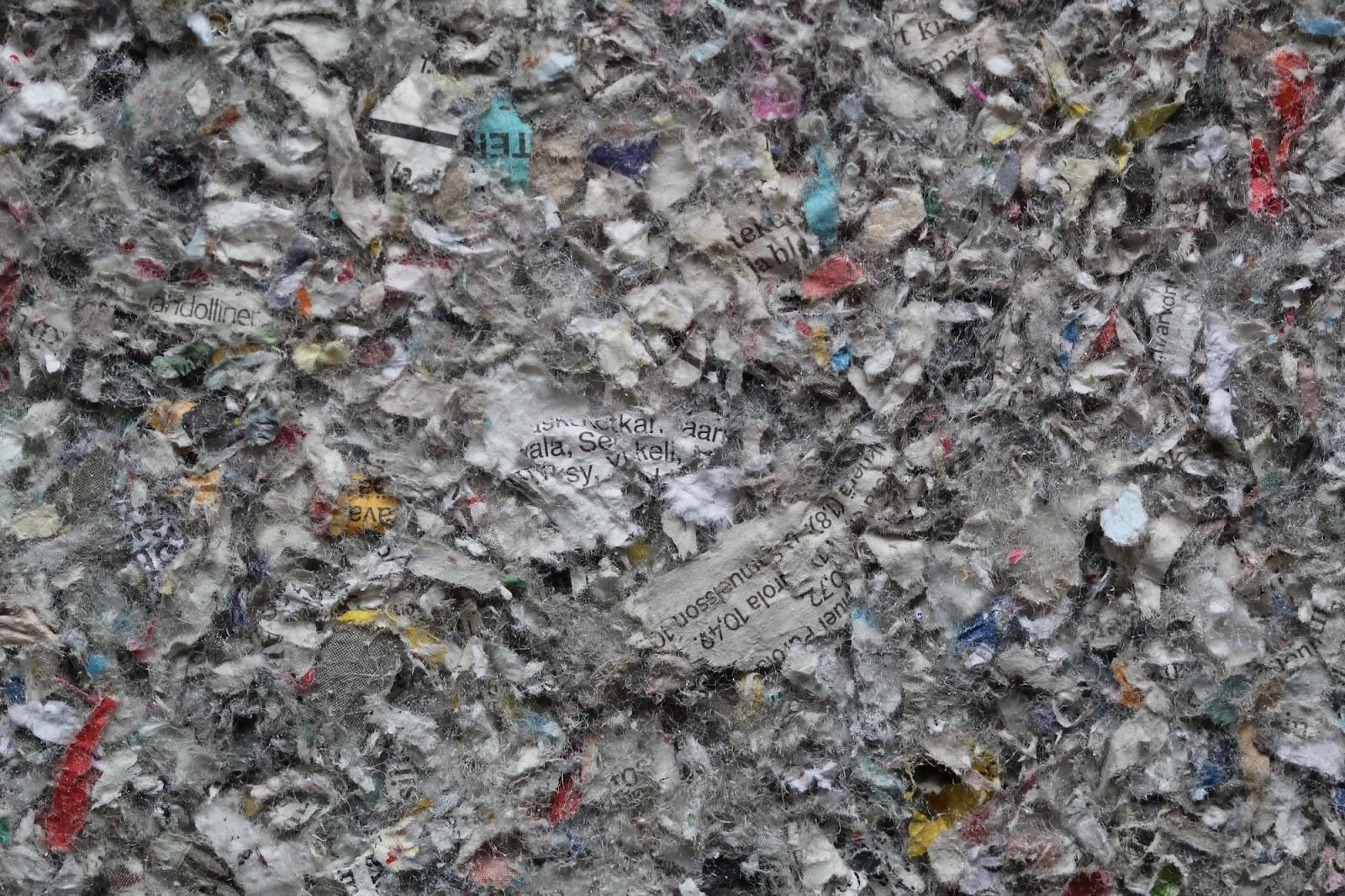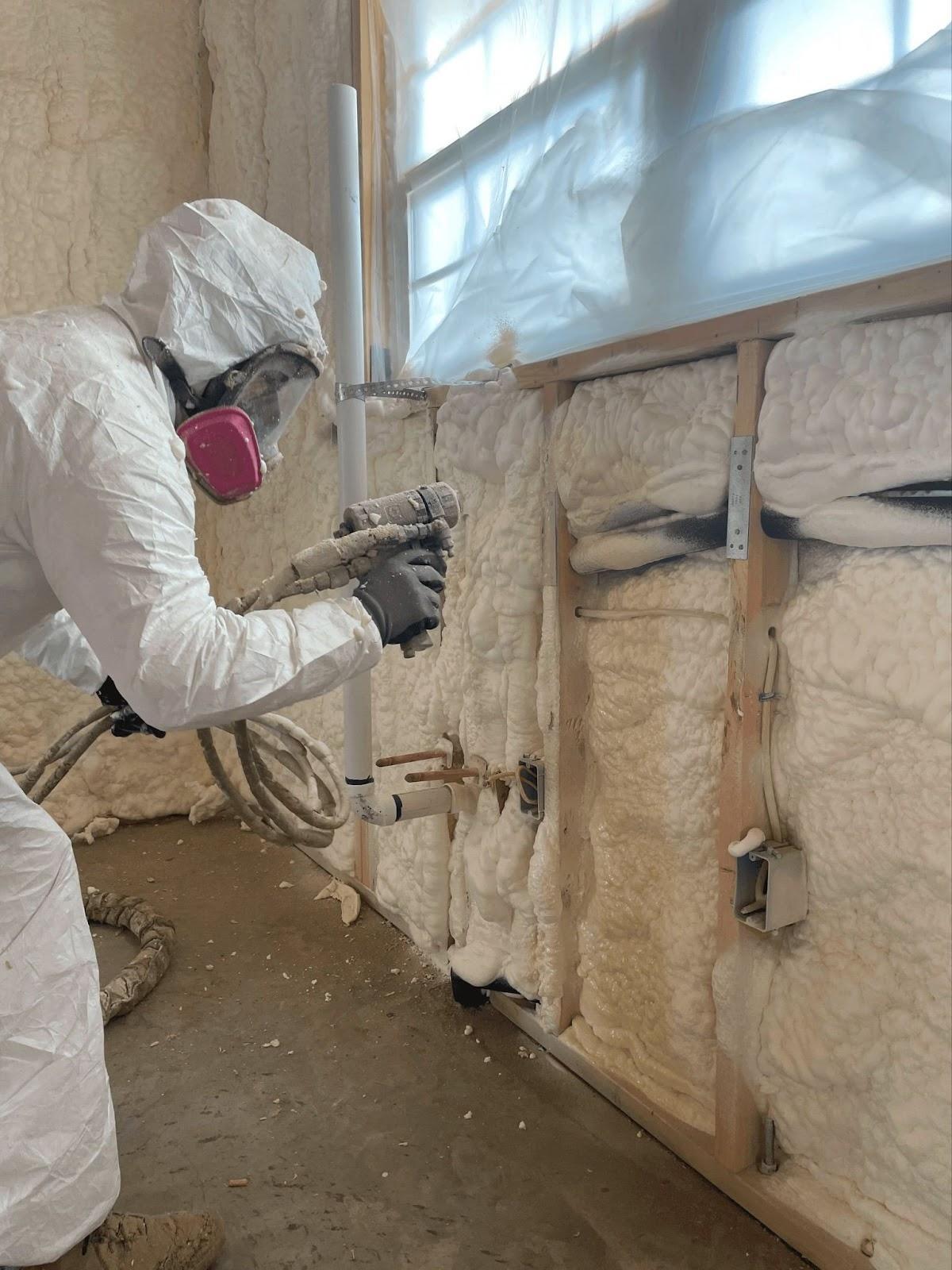Choosing The Right Type Of Attic Insulation For Texas Homes
The Texan Summer Is Around The Corner, And You Are Readying For H-E-A-T! Experts Say That Texas Has More Than 60 Dangerous Heat Days Per Year And That Heat Is A Leading Weather-Related Killer.
- Fiberglass Insulation Types
- Blown Fiberglass Insulation
- Rolled Fiberglass Insulation
- Batt Fiberglass Insulation
- Cellulose Insulation
- Mineral Wool Insulation
- Cost Analysis: 2025 Data
- The Differences Between Blown-In and Rolled Insulation
- Which Insulation Option Is Best?
- Which Insulation Option Is Faster?
- Which Insulation Is More Affordable?
- Can You Mix Insulation Types?
The Texan summer is around the corner, and you are readying for H-E-A-T! Experts say that Texas has more than 60 dangerous heat days per year and that heat is a leading weather-related killer. You're looking for the best attic insulation to protect your family and home.
With several insulation types available—like blown-in, rolled, batt, cellulose, and mineral wool—it can be tough to know which one is right for your space. This guide breaks down the pros, cons, and performance of each to help you make the best choice for a cooler, more energy-efficient home.
Fiberglass Insulation Types
Manufacturers use fine glass fibers to make fiberglass insulation, 40% to 60% of which is recycled glass. Below, we’ll explore the different types of insulation you can install to improve energy efficiency, reduce utility costs, and keep your home comfortable year-round.
Blown Fiberglass Insulation
Perhaps the most eco-friendly fiberglass insulation, blown insulation (or loose-fill insulation), is made of recycled materials. Not only that, but you can also re-use it by collecting and relocating it to another space.
Blown fiberglass insulation is blown into building cavities and attic floors using a blowing machine. It is best for tight spaces, irregularly shaped or sized attics, crawl spaces, ceilings, and walls. You can also use blown fiberglass insulation in ductwork and pipes.
You can further break down loose, fluffy blown fiberglass insulation into even smaller granules and shreds to better fit the structures of your home.
Fiberglass insulation installation requires the expertise of professional attic specialists as it is susceptible to mold if not sealed properly.
Rolled Fiberglass Insulation
If blown fiberglass insulation looks like fluffy cotton candy, picture rolled insulation as a rolled blanket that you can roll out to cover long spans. Similar to blown insulation, you can cut rolled insulation to the required length.
Expert attic specialists fit rolls between standard-sized beams, joists, and studs free from obstructions. Some of the advantages of rolled fiberglass insulation are:
-
DIY-friendly
-
Relatively inexpensive
-
Produces the least dust during installation and requires minimal cleanup
-
Doesn't require special equipment. A utility knife will suffice to cut as needed
-
Generally easy to move around.
Batt Fiberglass Insulation
Sometimes, you need things that are ready to go. Rolled insulation and batt insulation are alike, but their difference is that batt insulation is already pre-cut into industry-standard sizes, making it less prone to errors.
Building professionals commonly use batts in light commercial projects, multi-family structures, and single-family houses. It is excellent for noise and temperature control, is snug-fitting, and is easy to install.
Batt fiberglass insulation provides a cleaner look than blown insulation if you're concerned about appearance.
Is attic insulation tax-deductible? Read more to find out!
Cellulose Insulation
Cellulose insulation has come a long way in recent years. It is made from recycled newspapers and treated with borate to improve fire resistance and deter pests.
It also provides solid thermal performance and fills gaps well, making it great for retrofitting older homes. Homeowners appreciate its lower environmental impact and affordability.

These updates make cellulose a safer, more eco-friendly option. However, it still absorbs moisture easily, so in humid Texas climates, it requires proper vapor barriers to prevent mold and reduce long-term damage.
Mineral Wool Insulation
Mineral wool is quickly gaining popularity as a high-performance insulation material. It is made from rock wool or slag wool and offers excellent moisture resistance, fire protection, and soundproofing. It’s also naturally non-combustible, making it a smart choice for homeowners prioritizing safety.
With an impressive R-value of over 4 per inch, it’s especially suited for fire-prone areas. While it does cost 20–30% more than fiberglass, many homeowners find the added performance and durability worth the investment.
READ MORE: When and How to Upgrade Your Attic Insulation
Cost Analysis: 2025 Data
| Insulation Type | Cost Per Sq Ft | Installation Time | R-Value (Per Inch) |
|---|---|---|---|
| Blown Fiberglass | $1 - $2.80 | 4 - 6 hours (pro) | R-2.2 -- R-2.7 |
| Blown Cellulose | $0.50 - $4.00 | 3 - 5 hours (pro) | R-3.2 -- R-3.8 |
| Fiberglass Batt | $0.70 - $3.00 | 6 - 8 hours (DIY) | R-2.9 -- R-3.8 |
| Spray Foam | $1 - $4.50 | 1-2 days | R-6 -- R-7 |
Blown cellulose remains the cost-performance leader for attics, while spray foam excels in moisture-prone zones like crawl spaces.
READ MORE: A Comprehensive Guide on the Drying Time of Spray Foam Insulation
The Differences Between Blown-In and Rolled Insulation
The best attic insulation is the one that suits your needs and preferences. All the insulation types protect from heat gain or heat loss. Some types work better in specific locations and applications. What should you consider in selecting new insulation for your home?
The primary considerations are:
-
Budget: the price difference between insulations can run into hundreds of dollars.
-
R-values of the insulation: the higher the R-value of the insulation material, the more effective it is.
-
The area of the home you are insulating: for example, an existing wall will benefit more from blown insulation, while rolled or batt insulation is better for new walls.
READ MORE: How Attic Insulation Keeps Your Home Cool in Summer
Which Insulation Option Is Best?
Batt insulation has a low R-value of up to 3.8 per inch only. You'll need multiple layers to achieve the recommended R-value. More layers mean more expense for you. Also, since batt insulation is pre-cut into industry-standard sizes, adjusting it will cause compression and reduce its effectiveness.

Superior Attic's blown insulation has an R38 value. That is closer to the upper end of R-values and translates to 14 inches of insulation. Blown insulation also conforms to any area without disturbing finishes or structures. It can fill every crack, preventing air leaks, insects, and allergens from entering your attic.
Which Insulation Option Is Faster?
Rolled insulation is long, bulky, and heavy at times and it can get physically demanding and inconvenient to haul and install into attics. You also have to cut it into the correct size and shape to fit your ceilings and walls.
While blown insulation is not DIY-friendly, it is still faster to install because the certified attic specialist will take care of everything. All you have to do is make the call.
Certified attic specialists know to avoid fire blocks, electrical wires, and other inner wall obstructions.
Which Insulation Is More Affordable?
In Dallas, the average cost of blown-in insulation is $1,312, while the average reported cost of batt and roll insulation is $1,670.
You also have to account for miscellaneous supplies like tape, cutters, and fasteners for roll and batt insulation.
However, regardless of the insulation used, properly installed insulation improves the overall energy efficiency of a home and can lower total energy usage costs by up to 11%.
Can You Mix Insulation Types?
Suppose you have batt insulation installed, and you're considering putting blown-in insulation on top as reinforcement. It is possible to mix insulation types as long as the lighter insulation is on top. However, you have to watch out for any vapor barrier trapped in between the two types. The excess moisture will result in unwanted mildew and mold.
The ideal situation is to remove the old insulation altogether, have thorough attic sanitation, and install fresh insulation to fully maximize a properly installed insulation's heating and cooling benefits.
At Superior Attic, we specialize in safe insulation removal, thorough attic sanitation, and expert installation to ensure your home gets the full benefits of fresh, high-performance insulation. Our team handles everything from start to finish, so you can enjoy year-round comfort while lowering your energy bills.

